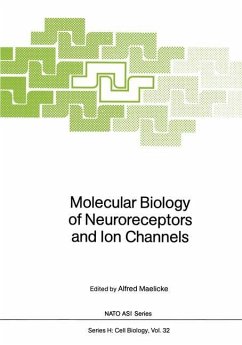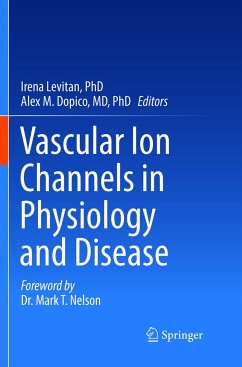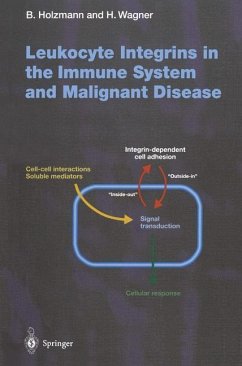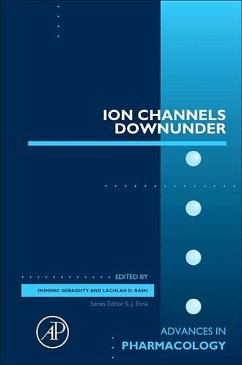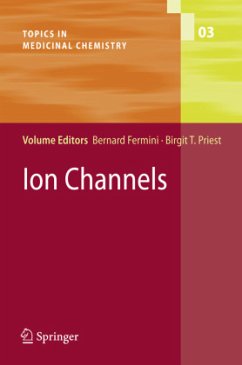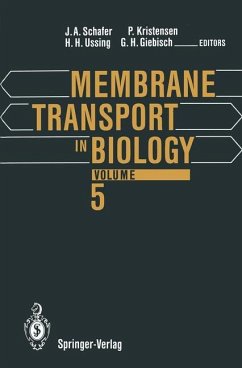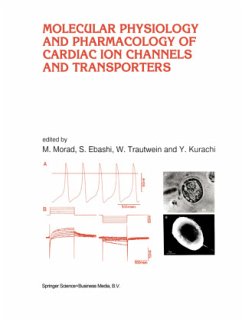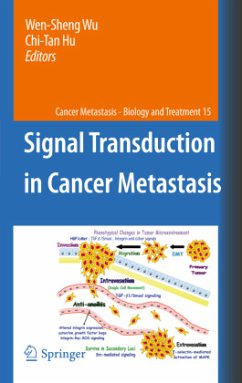
Integrins and Ion Channels
Molecular Complexes and Signaling
Herausgegeben: Becchetti, Andrea; Arcangeli, Annarosa
Versandkostenfrei!
Versandfertig in 6-10 Tagen
113,99 €
inkl. MwSt.

PAYBACK Punkte
57 °P sammeln!
Interdisciplinarity is more often invoked than practised. This is hardly surprising, considering the daunting vastness of modern biology. To reach a satisfactory understanding of a complex biological system, a wide spectrum of conceptual and experimental tools must be applied at different levels, from the molecular to the cellular, tissue and organismic. We believe the multifaceted regulatory interplay between integrin receptors and ion channels offers a rich and challenging field for researchers seeking broad biological perspectives. By mediating cell adhesion to the extracellular matrix, integrins regulate many developmental processes in the widest sense (from cell choice between differentiation and proliferation, to tissue remodeling and organogenesis). Rapidly growing evidence shows that frequent communication takes place between cell adhesion receptors and channel proteins. This may occur through formation of multiprotein membrane complexes that regulate ion fluxes as well as a variety of intracellular signaling pathways. In other
cases, cross talk is more indirect and mediated by cellular messengers such as G proteins. These interactions are reciprocal, in that ion channel stimulation often controls integrin activation or expression. From a functional standpoint, studying the interplay between integrin receptors and ion channels clarifies how the extracellular matrix regulates processes as disparate as muscle excitability, synaptic plasticity and lymphocyte activation, just to mention a few. The derangement of these processes has many implications for pathogenesis processes, in particular for tumor invasiveness and some cardiovascular and neurologic diseases. This book provides a general introduction to the problems and methods of this blossoming field.
cases, cross talk is more indirect and mediated by cellular messengers such as G proteins. These interactions are reciprocal, in that ion channel stimulation often controls integrin activation or expression. From a functional standpoint, studying the interplay between integrin receptors and ion channels clarifies how the extracellular matrix regulates processes as disparate as muscle excitability, synaptic plasticity and lymphocyte activation, just to mention a few. The derangement of these processes has many implications for pathogenesis processes, in particular for tumor invasiveness and some cardiovascular and neurologic diseases. This book provides a general introduction to the problems and methods of this blossoming field.



